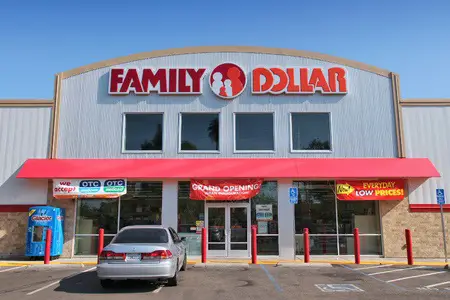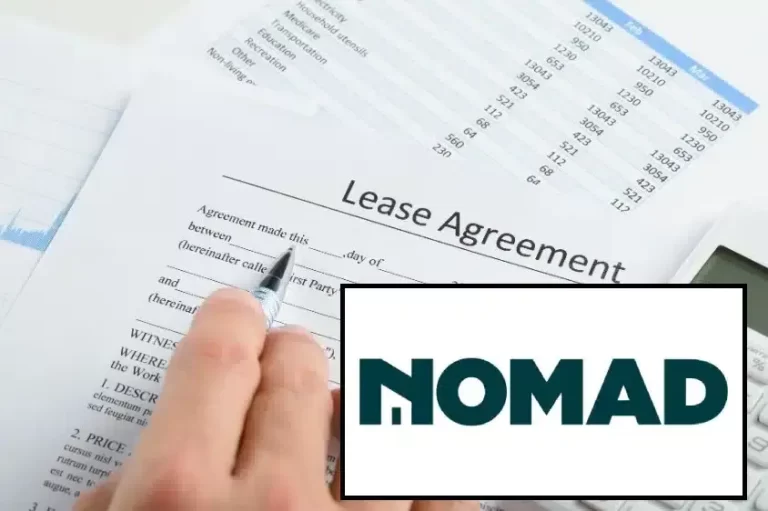Leveraged Real Estate ETFs – Can You Buy a Stock That Acts Like a Rental Property?
The Landlord Business
One of the reasons that people invest directly in a rental property versus buying a REIT on the stock market is that they can use leverage.
A typical investment property mortgage will require just 20%-25% down. But buying a $250,000 rental house with $50,000 down, even in a good neighborhood with good schools has all kinds of risks and responsibilities that a stock market investor does not face, such as:
- Single asset risk – all of your eggs are in this one basket (house).
- Liquidity issues – it takes a while to sell any real estate, and if you want to appeal to most home buyers, you are probably going to need to get your tenant out before you sell it.
- Vacancy – there is typically some period of vacancy between tenants, and after your last tenant prior to selling the property.
- Management – you have to visit the property and deal with issues like repairs and possibly delinquencies, evictions, insurance claims, etc.
- Acquisition time and costs – any purchase takes time and involves costs like inspections, mortgage origination, title insurance, etc.
- Commissions – commissions to sell real estate are ridiculously high while REITs and ETFs might be traded for $10 or less.
In the event that the property appreciates, the benefit of that leverage is you (and not the bank) get all the upside. If the house appreciates to a $350,000 value, you just made $100,000 (less commissions and other costs when you eventually sell).
Leveraged Real Estate ETFs as an Alternative
REITs to begin with have some level of leverage themselves. They are typically not 100% equity.
They do have some debt in their capital structure, so as an equity holder, you do get the benefit of leverage to some degree.
Leveraged real estate ETFs, however, try to use leverage to magnify single day movements of a real estate index. For instance, ProShares Ultra Real Estate tries to match 2x the daily performance of the Dow Jones U.S. Real Estate Index.
It has holdings such as Simon Property Group (SPG), American Tower Corp (AMT), Public Storage, (PSA), and a wide variety of other real estate and mortgage REITs; it also has various swaps that help create the leverage effect.
In general, if the daily prices of REITs are going up, this ETF should go up to an even greater degree. And this is all while avoiding dealing with tenants, paying a mortgage on a vacant house, etc.
However, again there are risks and other considerations to think about:
- Commercial REITs, even apartment-focused ones, are not directly correlated to the single family residential sector – there are some new REITs that target this sector, but they are tiny compared to REITs as a whole. Shopping centers, apartment buildings, distribution centers, etc. could be down while single family housing in your neighborhood could have appreciated or vice versa.
- Leverage is still not as amplified – an 80% LTV loan is a whole lot of leverage and the interest rates are still extremely low considering the risks; if you are simply chasing the most leverage possible, the leveraged ETFs still probably won’t be at this level
- No “below market” opportunities – sometimes in a buying a single family house, you might be able to acquire the property 10-20% below the market value if you, for instance, bought a foreclosure all cash at trustee sale that required a few repairs. With a financial investment like an ETF, you buy it through an exchange that basically ensures you will pay market value or within a few pennies of it.
ProShares points out there are some considerations for leveraged investing to keep in mind such as volatility risks, amplified losses in a down market day, and compounding of losses.
Owning single family investment properties is not going away any time soon; however, for some investors that can’t stand the landlording aspect of it, leveraged real estate ETFs are worth a look.







